July in Utah is the time when the state’s inhabitants celebrate the arrival of the pioneers into the Great Salt Lake valley 166 years ago. July 24th, specifically, is the date of the arrival of the first settlers and is set aside today to commemorate those brave souls who left their homes and lands further east to endure hardship on little known trails heading west. It takes determination and commitment to reject your current life and take that first step into an unknown future. Often, for most people, it is easier and safer to simply stay with the familiar, making minor adjustments to maintain the status quo. I’m proud of the ancestors of mine who were among those who travelled west and established a new community in the area of the Great Salt Lake.
While the term “pioneer” is rightfully associated with those hardy westward folks, the term has a broader meaning. The online version of Merriam-Webster gives this definition: “a person or group that originates or helps open up a new line of thought or activity or a new method or technical development.” Over the past 30+ years, through my association with all types of testing organizations, I’ve been fortunate to have seen a large number of pioneering efforts and the people behind them. Most of my experience has been tied up with the use of computers (and related technology) to create and administer tests, and it is that technology that has both created the necessity for and fueled the development of the innovations.
Today we see worldwide testing center networks, testing across borders, bringing countries and cultures together as if they were adjacent cities. Internet technology provides the ability to communicate at light speed. New technology allows tests to be monitored by proctors at a distance through webcams and other assistive technology, solving long-standing security and administration problems. Test scores and reports are provided immediately, giving test takers the motivation to prepare well, the feedback needed to continue to learn, and the scores necessary to further education or work advancements. Tests today are designed with greater efficiency, accuracy and security in mind. Computerized adaptive tests are examples of these new designs. At the item level, there are dozens, if not hundreds, of new variations of the multiple choice question used in all testing programs. Test items are adding simulations, interactive responses, essays that are computer scored, better scoring methods, and all types of media and access to external resources. We can now create these tests using sophisticated item banking and test publishing software, allowing us to build and revise tests quickly, in any or all languages. Test security advances, particularly new statistical tools, help us to quickly detect untrustworthy test results and deal with them before using them improperly. These examples are the result of the foresight and creativity of testing pioneers, quickly and successfully solving problems and making needed changes, usually without the support of a strong research base or others to emulate.
These innovations are impressive and extremely useful, but as technology continues to change our world so rapidly, we will require more of this pioneering spirit than ever before. The challenges facing testing programs have never been greater than they are today. New solutions are demanded, and these are not the safe incremental improvements on what we have already been doing. Mobile communication devices are going to play a more prominent role. Better ways of measuring the important skills are needed. Technology and systems will need to work well together. Greater test security is required. And everything we do will need to be done faster than ever before. In a very real way, successful testing programs will be “early adopters;” others will fall way behind quickly. Gone are the days when a program could wait and see.
A few suggestions: Support and trust the pioneers in your organization and in the industry. Cultivate more doubt in current methods, especially those methods that are decades old. Expect more mistakes as more risk is taken. Fix those mistakes quickly. Keep a watch on new technology developments as they will surely affect your life sooner rather than later.

